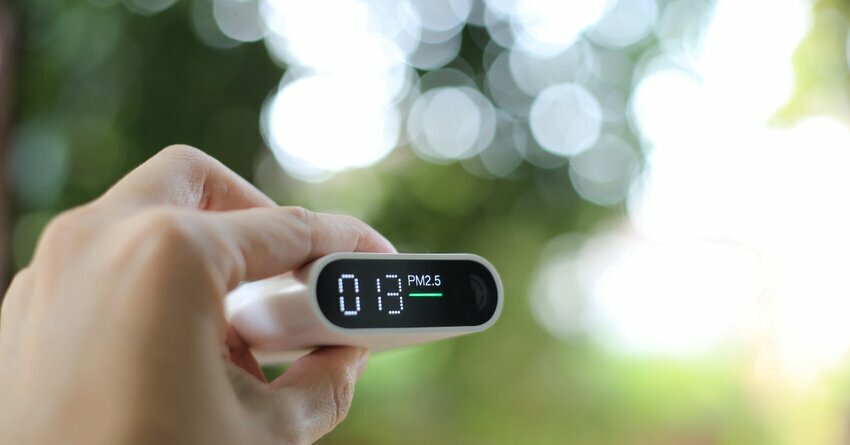 (Credit: Canva Pro)
(Credit: Canva Pro)Air emissions monitoring is a process of collecting and using measurement data or other information for assessing performance against a standard or status with respect to a specific requirement. Why is it essential to public health that levels are assessed regularly?
With regard to EPA's air quality regulatory requirements, there are two basic types of monitoring: ambient air quality monitoring and stationary source emissions monitoring.
Ambient air quality monitoring collects and measures samples of ambient air pollutants to evaluate the status of the atmosphere as compared to clean air standards and historical information. Ambient air quality monitoring is required to determine whether a geographical region or area is meeting the National Ambient Air Quality Standards (NAAQS) for criteria pollutants. The most basic program for ambient air quality monitoring is the Ambient Air Monitoring Program, which collects national air quality data on criteria pollutants.
Stationary source emissions monitoring collects and uses measurement data (or other information) at individual stationary sources of emissions (i.e., facilities, manufacturing plants, processes, emissions control device performance, or to verify work practices). A requirement in order to demonstrate that a source is meeting the requirements in Federal rules or in State rules that are part of a State Implementation Plan (SIP). Most monitoring that stationary sources must conduct is related to specific regulations resulting from the Clean Air Act (CAA).
In general, stationary source emissions monitoring is composed of four elements:
Indicator(s) of performance is the parameter(s) measured or observed for demonstrating the proper operation of the air pollution control measures or compliance with the applicable emissions limitation or standard.
Monitoring frequency is the frequency at which monitoring occurs, which can be either periodic or continuous, depending on the requirements. Averaging time is the period over which measurements are averaged, and it is typically specified in regulations. For example, averaging times of one hour, three hours, or 24 hours may be specified for different pollutants.
Developing effective pollution control strategies: Measuring air quality is essential for developing effective strategies to control pollution. By monitoring air quality, scientists and policymakers can identify the sources of pollution and develop targeted strategies to reduce emissions and improve air quality.
Tracking progress: Monitoring air quality over time allows us to track progress in reducing pollution levels and improving air quality. This helps us understand the effectiveness of pollution control strategies and identify areas where further action may be needed.
Join E+E Leader & Montrose Environmental on Wednesday, May 10th to discuss how to successfully navigate the regulatory landscape, the benefits and limitations of current monitoring technologies, and how to build an air monitoring program that keeps pace with the emerging regulations of today and tomorrow.